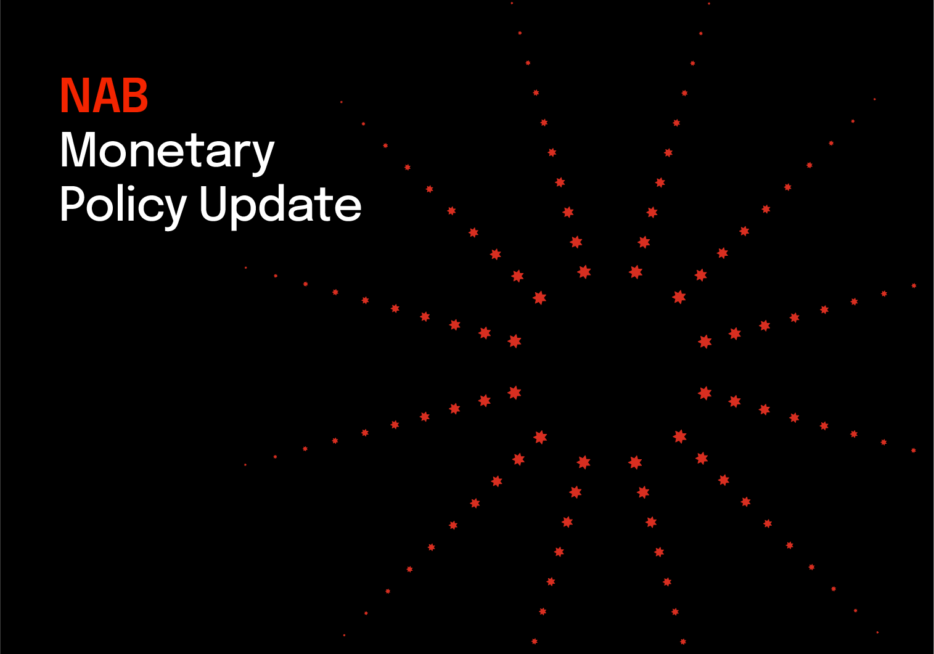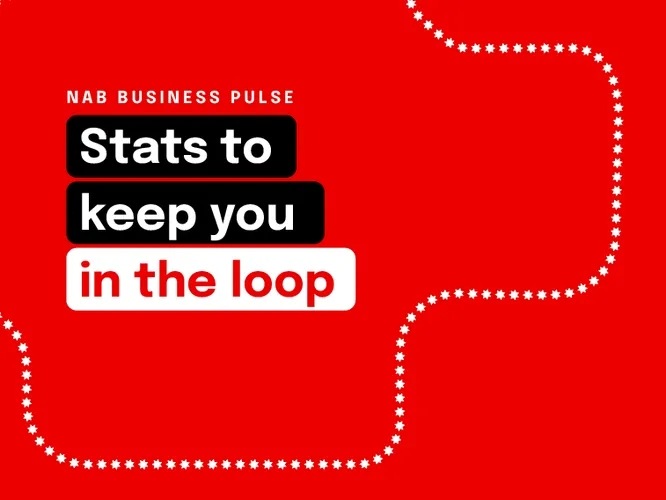8 July 2025
May 7, 2025
NAB Business Pulse: May 2025
In the face of ongoing uncertainty, there’s never been a better time to control what you can control. Find out how business customers are doing just that – and staying one step ahead of the headlines.
By Julie Rynski
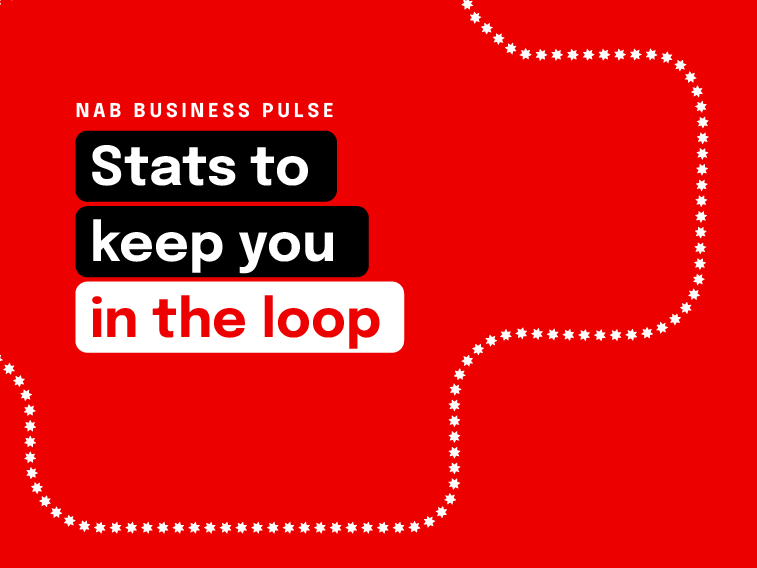
As I meet with business customers around Australia, I’m seeing a range of responses to the uncertainties we currently face.
For many, there’s a general nervousness about what lies ahead – whether that relates to tariffs, the addition or removal of exemptions, election promises or the outlook for interest rates.
That’s understandable, and it’s natural that these customers have lots of questions for us. Ultimately, they’re looking for more information before they decide how they will respond and reshape their business plans.
Then there’s another group of customers who see the uncertainty as a potential opportunity that, with the right strategy, could open new markets and set them up for growth. They’re also staying on top of the news that affects their industries, but take the view that Australia seems to be doing well and, as such, are actively looking for different ways to approach their evolving markets to take their business to the next level.
All this reminds me of a NAB customer who runs a successful hospitality business and has navigated significant disruption along the way.
While business has boomed in recent years, things looked dark for him in March 2020. The Australian F1 Grand Prix in Melbourne was cancelled due to COVID restrictions, just as the first practice session was about to get underway. Overnight, the business lost a substantial investment it had made into servicing associated events.
What got the owner through that night, he says, was trusting in the relationships he’d built over the years. The support that he received from long-term customers and suppliers, including his NAB banker who called to simply check on how he was feeling, made a huge impression and set the platform for the 10x growth the business has seen since.
It’s a timely reminder: with the right relationships, and an eye on both the short-term risks and opportunities, disruption can be a powerful force for innovation and long-term growth.
In times like this, there will be an abundance of information and opinions. The ones I am interested in are those of the business owners who are experiencing the economy firsthand, every day, and are focusing on doing what they do best: building a thriving, resilient business.
As you can see from our recent survey, that’s what many of our customers are doing as they implement various smart strategies to offset any ongoing challenges and control what they can control.
Cost-cutting comes into focus
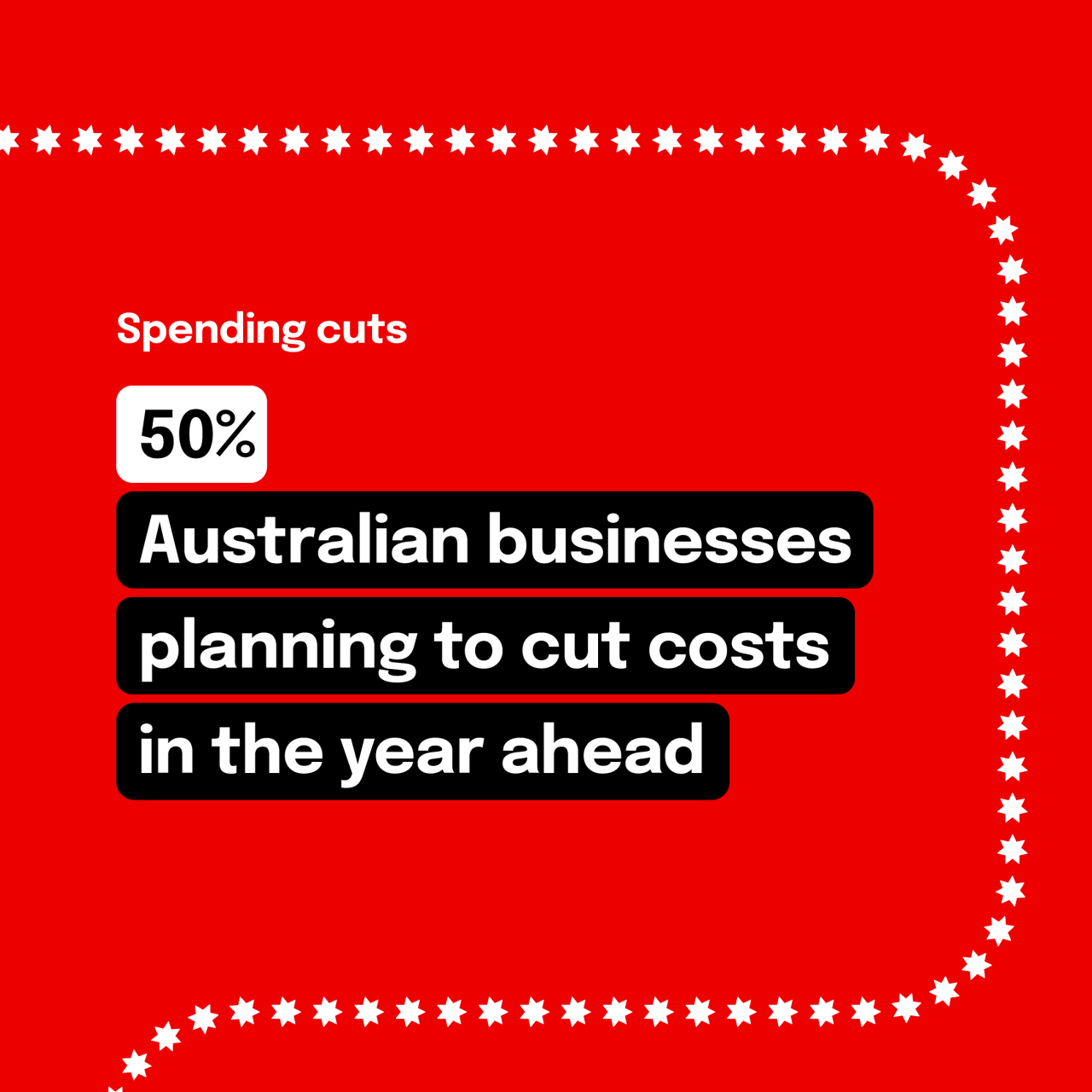
1 in 2 of Australia’s small and medium-sized businesses (50%) are making plans to cut costs where they can and seek better terms from their suppliers. While this may be a time to look for new markets or business relationships, it’s important to balance the search for value with your own values. If switching means relinquishing the status of most-valued customer or supplier, it may be better to renegotiate existing contracts.
Capital a concern for many
About three in 10 businesses (29%) intend to review their cash flow and working capital processes. With currency and trading conditions likely to experience some disruption in coming months, it’s a good time to speak with your banker or one of our trade and working capital or markets specialists about how you can optimise your cash flow and protect against risk.
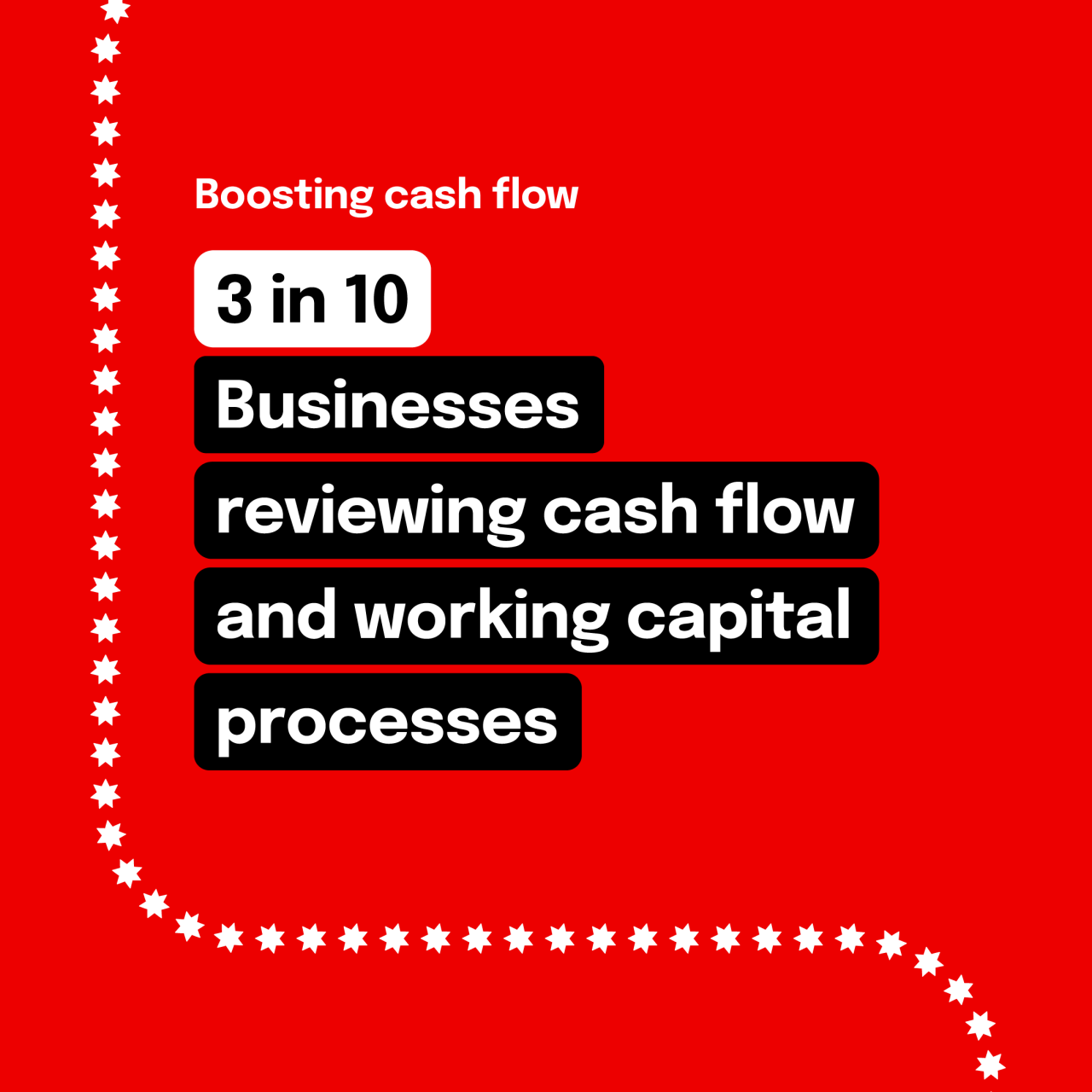
Making plans for more marketing
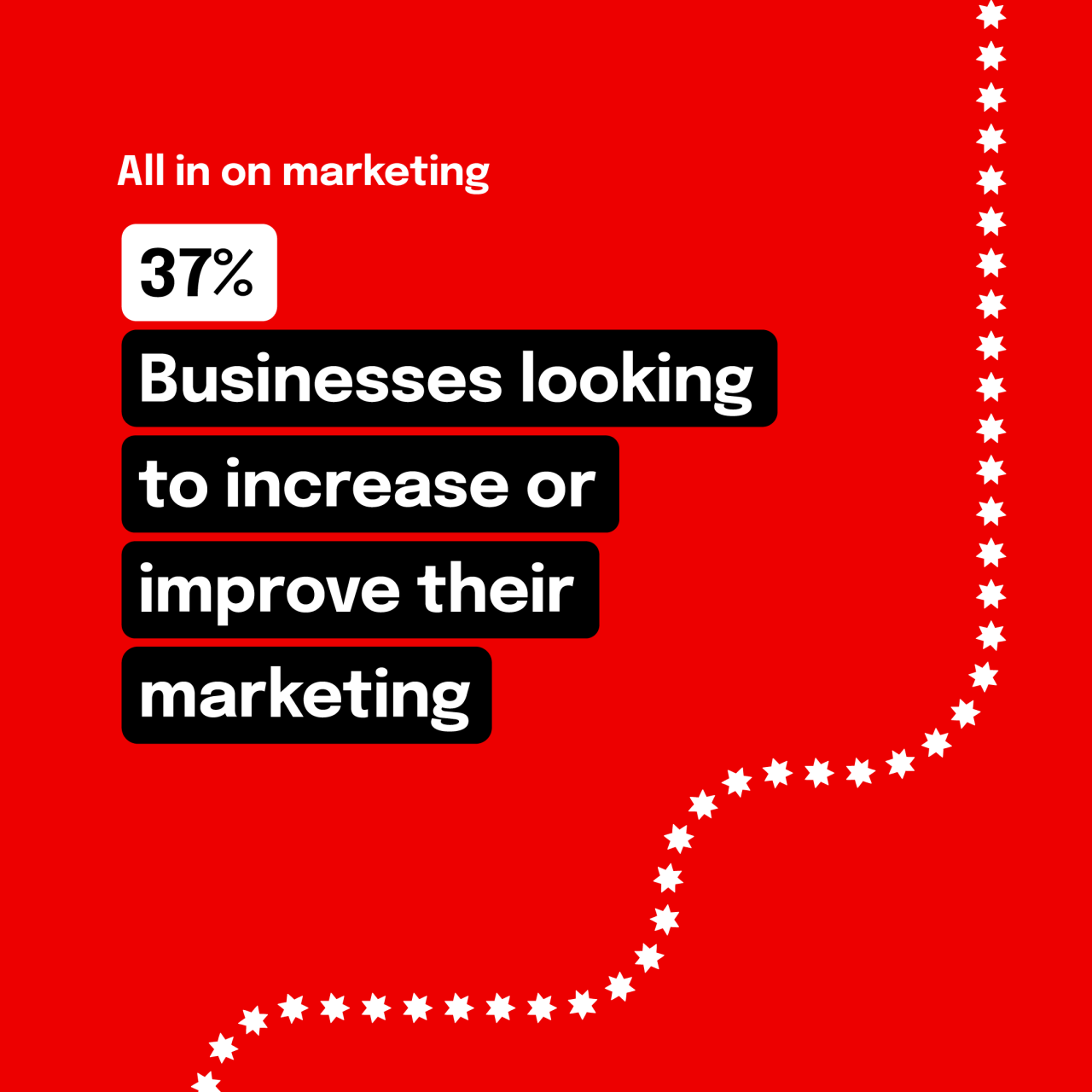
More than a third (37%) of Australian businesses are planning to increase their marketing efforts. Whether communicating with your existing customers, or looking for new ones, there are plenty of opportunities to go deeper or to diversify marketing efforts in changing trading conditions.
Investing in people’s powers
Almost 3 in 10 business (28%) have plans to invest in new training, new talent and increased staff numbers. Despite some residual tightness in the labour market, many businesses have their sights set on growth and there’s demand both for more employees, and more skills among them.
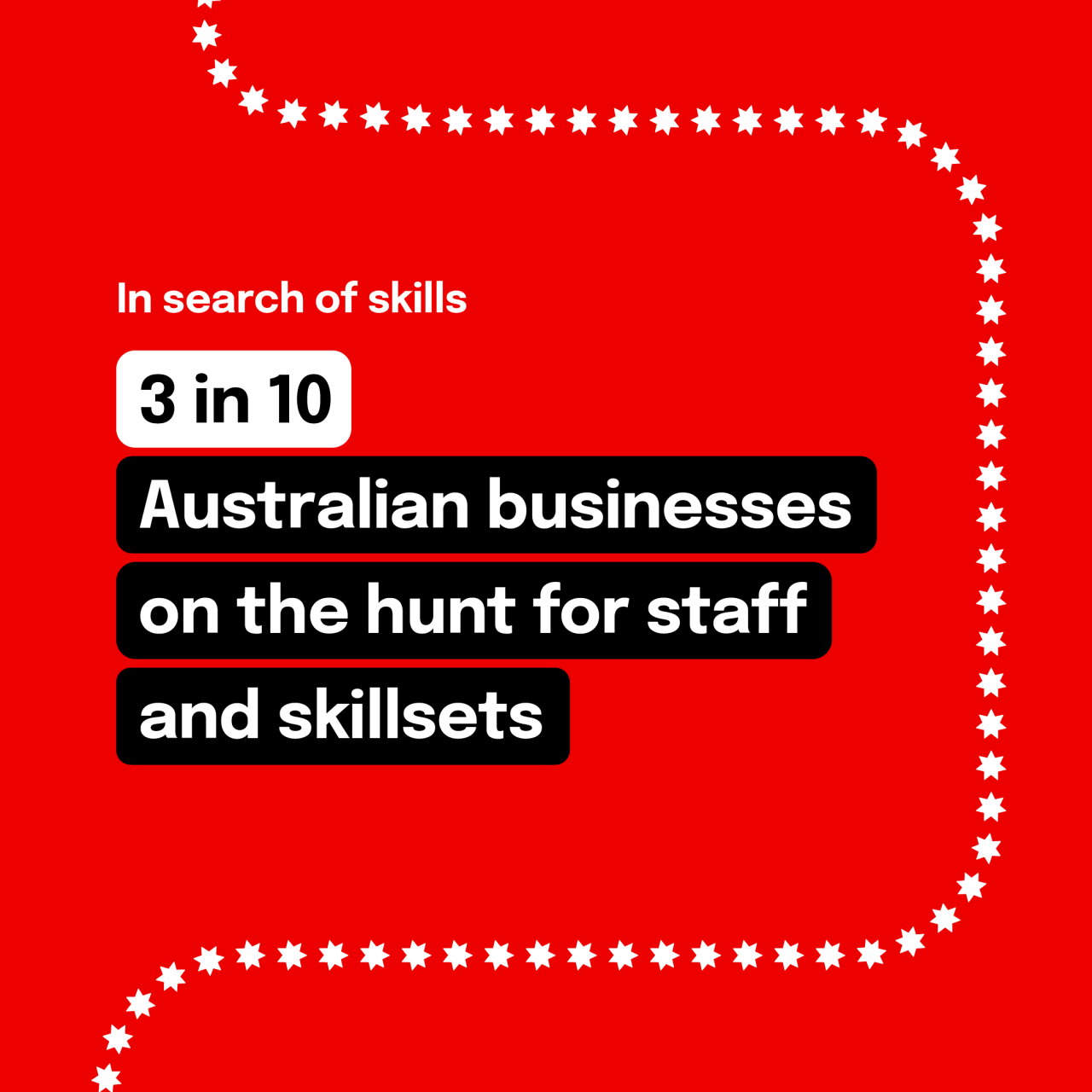
Pricing in profit not loss

Three in 10 Australian businesses (30%) are planning to adapt their pricing strategy over the next 12 months, making sure revenue keeps up with costs. Successful businesses will not compete on price as a core proposition but still need to understand that it’s a part of consumers’ decision-making. Discounting has been a popular strategy in recent years.
Business Business View

